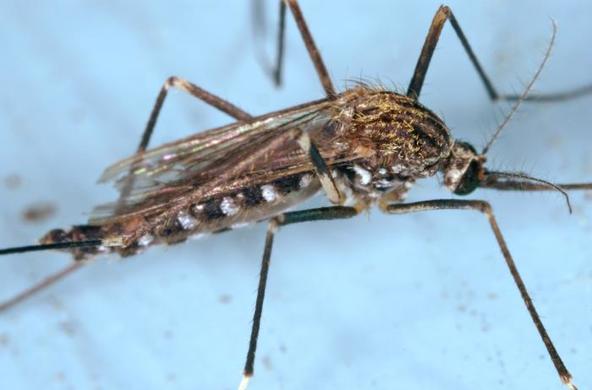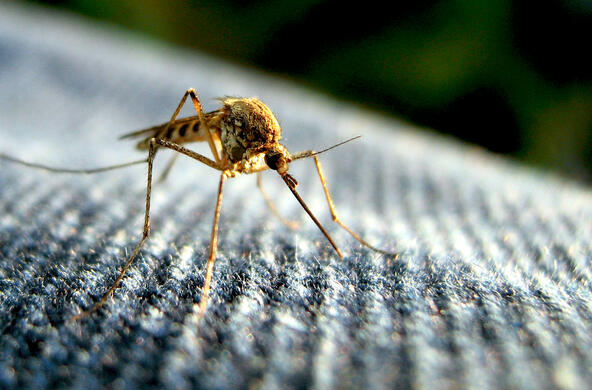This year's West Nile virus outbreak is marching toward the record books, with the Centers for Disease Control reporting some 3,100 cases and more than 130 deaths in the United States. The mosquito-borne virus, now found in 48 states, can result in flu-like symptoms, meningitis, and encephalitis. With new funding of $1.4 million dollars from the National Science Foundation, Cary disease ecologist Shannon LaDeau is headed back to the trenches, literally, to untangle the environmental factors that magnify West Nile virus' spread.
LaDeau and colleagues have spent two years in Baltimore, monitoring mosquito populations and assessing landscape features to better understand conditions that lead to West Nile outbreaks, including what citizens and municipalities can do to combat the virus' spread. "The outbreak in Dallas may have arisen from a perfect storm of conditions that support high mosquito populations and bird-mosquito interactions, including warmer winters and severe rain events," notes LaDeau. Other Texas cities didn't see the same high rate of cases, which highlights how influential the local environment can be in the transmission of this disease.
Over the next four years, LaDeau will work with a team of ecologists, geographers, and public health experts to understand where mosquito populations thrive in urban and suburban settings, how human activity and landscape change affect mosquitoes, and what education efforts might lead to stronger mosquito-control strategies in urban areas.
"You wouldn't think that a pile of tires in an abandoned lot and a ceramic birdbath in a tidy backyard have much in common. But we're finding that human-created landscape features that favor standing water are linked to seasonal patterns of mosquito emergence," says LaDeau. She and her colleagues think that mosquito populations get a boost from overwintering in abandoned buildings and breeding in pools of water that form in exposed garbage during early spring.
In the summer, when these unintended pools dry up, LaDeau finds that adult mosquito populations rise in areas where residents place intentional water-retaining containers, such as planters or fountains, in their yards. In Baltimore, where urban areas are losing residents and gaining abandoned buildings, there is great need for citizens and the city to tackle mosquito control together.
"Baltimore has seen the arrival of the invasive tiger mosquito, a really nasty human biter," says LaDeau. Her team is exploring the coupled dynamics between humans and mosquitoes, and investigating whether urban decay might be both a cause and result of pest exposure. "The more people get bitten in urban neighborhoods, the less they want to be outdoors, and we hypothesize that these residents are less likely to use and care for outdoor spaces, thus allowing more habitat to develop for mosquitoes," explains LaDeau.
Her new grant will focus on developing public education strategies. The role that individual residents can play in controlling mosquito populations in urban areas is more important than most realize. Partnering with the city and with local nonprofits such as Parks & People Foundation, LaDeau will enlist the help of student and citizen scientists, both to gather and disperse information.





